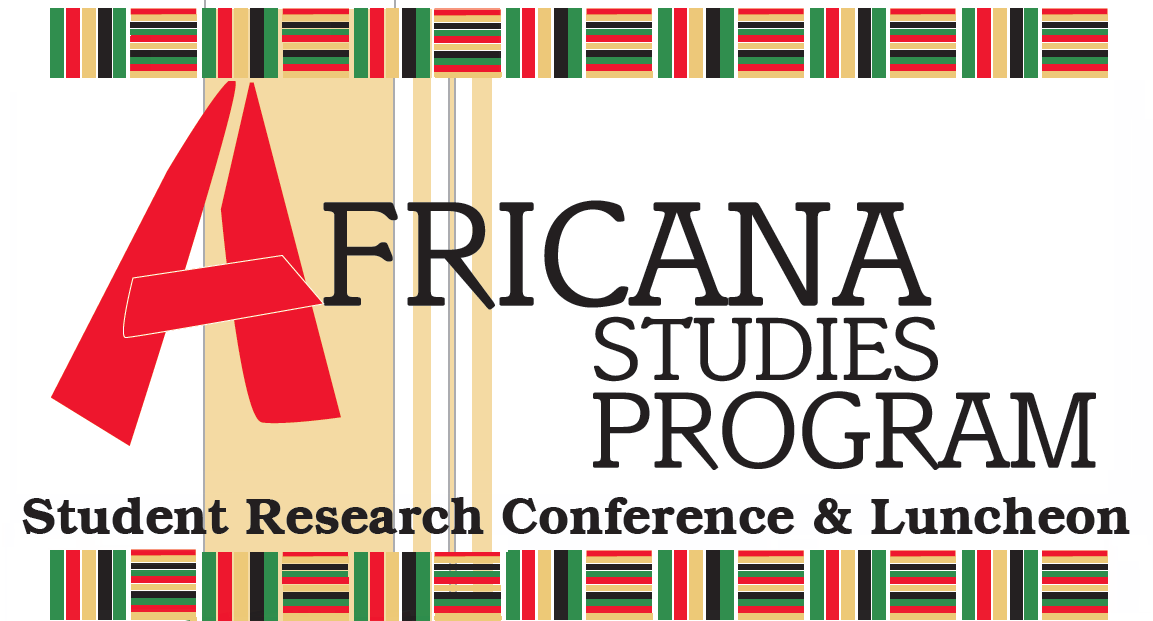Emerging Perspective in Africana Studies
Degree Program
Graduate
Major
Interdisciplinary Arts
Abstract
Through examining these texts, I will argue that the biographies written about Samuel Morris for the benefit of Taylor University contain racial bias and profiling against the African body, presenting him as a myth and spectacle under the white Christianize gaze. The authors glorify Samuel Morris within systemic conditions of Christianization, colonization, and western modernization as assimilation. In using his life as creative apparatus, these authors subject him to racist codified linguistics that estrange his spirituality, degrade his body, and demoralize his homeland. Furthermore, I argue that Samuel Morris himself - his aliveness - is art. He is a creative vessel, whose story of African indigeneity to American civility becomes a topic for theological discourse and institutional economic currency. Fort Wayne College finds the life of Samuel Morris to be a revolutionizing premise that will help this infant institution become financially viable. Their artful literary creations about his race, his customs, and his childhood are a representation of a “Spirit-filled Life” for prospective students, constituents, and endorsers. This act of representative exploitation led to Taylor University embracing a rhetoric of inclusion and multiculturalism within its institutional growth and development, a framework that exists at the school even today. Though in a sense, Taylor’s early moves towards such a framework might be seen as revolutionary, this is not a liberatory revolution, but one entirely reliant on colonization and subjugation.
Start Date
23-2-2018 10:30 AM
End Date
23-2-2018 11:55 AM
Emerging Perspective in Africana Studies
Through examining these texts, I will argue that the biographies written about Samuel Morris for the benefit of Taylor University contain racial bias and profiling against the African body, presenting him as a myth and spectacle under the white Christianize gaze. The authors glorify Samuel Morris within systemic conditions of Christianization, colonization, and western modernization as assimilation. In using his life as creative apparatus, these authors subject him to racist codified linguistics that estrange his spirituality, degrade his body, and demoralize his homeland. Furthermore, I argue that Samuel Morris himself - his aliveness - is art. He is a creative vessel, whose story of African indigeneity to American civility becomes a topic for theological discourse and institutional economic currency. Fort Wayne College finds the life of Samuel Morris to be a revolutionizing premise that will help this infant institution become financially viable. Their artful literary creations about his race, his customs, and his childhood are a representation of a “Spirit-filled Life” for prospective students, constituents, and endorsers. This act of representative exploitation led to Taylor University embracing a rhetoric of inclusion and multiculturalism within its institutional growth and development, a framework that exists at the school even today. Though in a sense, Taylor’s early moves towards such a framework might be seen as revolutionary, this is not a liberatory revolution, but one entirely reliant on colonization and subjugation.


